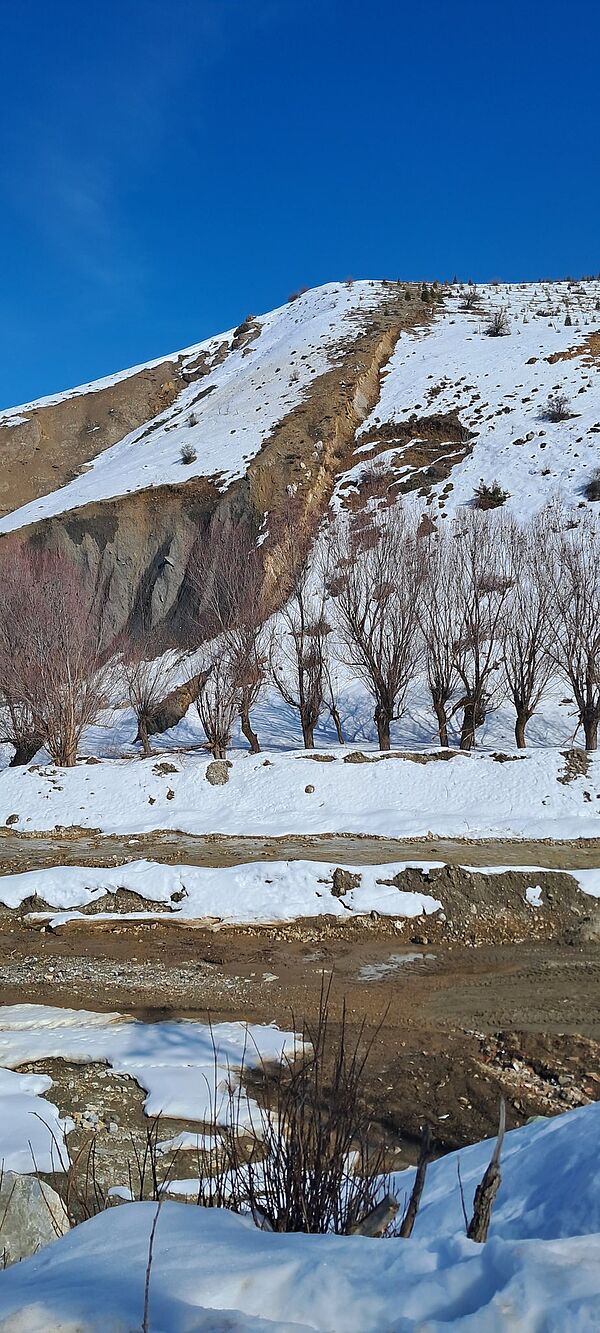The physics of earthquake ruptures include the characteristics of surface faulting with field data collection of interseismic, coseismic and postseismic slip. The access to seismic parameters (fault rupture length, coseismic slip, stress drop, paleoseismic record and recurrence interval) in regions of significant seismic strain release and/or following a large earthquake (with Mw > 6.5) needs field investigations in earthquake geology, paleoseismology and seismotectonics.
In this presentation, I show different examples of long-term faulting behaviour with modelling that describe the correlation between coseismic rupture at depth and its surface expression. Active faulting associated with low seismic strain also leaves undisputed geomorphological signature in various tectonic environment. My case-studies are taken from continental faulting in interplate and intraplate tectonic domains. Repeated coseismic slip distribution associated with large earthquakes are analysed along the Dead Sea Fault, East Anatolian Fault and North Anatolian Fault. Paleoseismology and archeoseismology bring new knowledge for a better understanding of the seismic cycle in zones with the significant seismic coupling.


